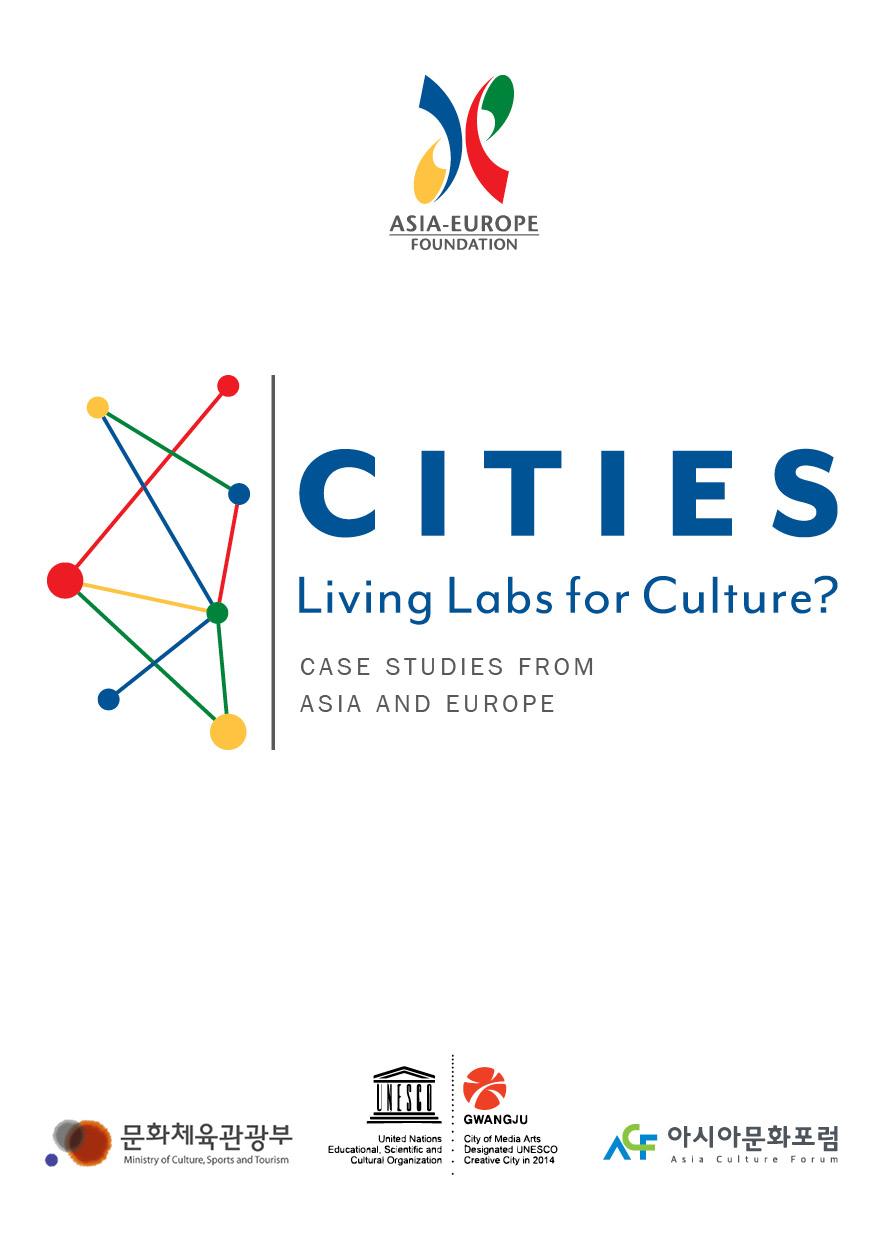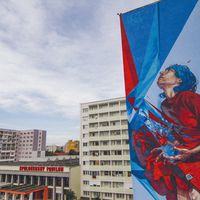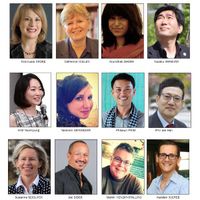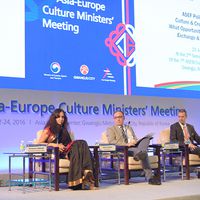Cities: Living Labs for Culture? | New ASEF publication launched
 [caption id="attachment_57006" align="aligncenter" width="620"]
[caption id="attachment_57006" align="aligncenter" width="620"] Some of the case studies featured in the publication, namely: Connecting Spaces Hong Kong/Zurich, City of Bandung, Indonesia, Cultural Development Network, Australia[/caption]
Some of the case studies featured in the publication, namely: Connecting Spaces Hong Kong/Zurich, City of Bandung, Indonesia, Cultural Development Network, Australia[/caption]Home to more than 50% of the world population, cities are facing a rapid and yet critical development trend. The issue of how to balance cities’ rapid economic and structural growth, while promoting a more inclusive and sustainable livelihood, is becoming relevant to most of the cities across Asia and Europe.
Looking at themes such as cultural and technological innovation, arts leadership, community engagement, and cultural policy at the city level, the Asia-Europe Foundation (ASEF) edited the publication Cities: Living Labs for Culture? - Case Studies from Asia and Europe. The book has been recently presented at the 1st Senior Officials' Meeting on 2 February 2016 in Gwangju, Korea, in preparation for the 7th ASEM Culture Ministers' Meeting - ASEM CMM7 (22-24 June 2016, Gwangju, Korea).
The publication includes 5 essays by Asian and European cultural leaders, together with 27 examples of policy and practice drawn from the experiences of over 40 cities from the two regions. A dedicated focus on Korea, the host of the ASEM CMM7, frames this compilation of case studies.
[caption id="attachment_57007" align="aligncenter" width="214"]
 Cities: Living Labs for Culture? Case Studies from Asia and Europe[/caption]
Cities: Living Labs for Culture? Case Studies from Asia and Europe[/caption]This edition continues the dialogue on creative economies, started with the 2014 ASEF publication Enabling Crossovers – Good Practices in the Creative Industries.
Now the focus is the role of “Creative Cities”, as innovation clusters in the Asian and European context.
“As living laboratories for cultural incubation, cities show the ability to be more adaptable and responsive than countries, when it comes to policy making. Cities that promote the arts and creative industries” says Ms Fionnuala CROKE, Director of the Chester Beatty Library, Dublin, and Chair of the ASEMUS Executive Committee “ are more successful, from both economic and social inclusion perspectives. Traditional cultural institutions are regarded as agents, or triggers, of urban change and innovation – a means of attracting and connecting creative city dwellers”.
The publication was launched on the occasion of the 8th ASEF Public Forum on Creative Cities in Asia and Europe (24 November 2015, Asia Culture Center, Gwangju, Korea). The publication which mirrors the Forum provided inputs to the Forum discussion and suggested ideas for better collaboration between visionary cities across Asia and Europe.
The ASEF Forum on Creative Cities staged a vivid debate over four elements representing today's creative cities, namely: culture accessibility through inclusive policy-making, Asian and European models of Capitals of Culture, the role of culture institutions and arts leadership in shaping creative cities.
The report of the 8th ASEF Public Forum is available online for download here.
Both the publication and the forum called for more public-private partnerships to benefit from the intrinsic value of creative cities. Cultural leaders should embrace the challenge of “looking outside their field and to know how to collaborate outside of the arts” said Phloeun PRIM and Frances RUDGARD, respectively Executive Director and Director of Program and Operations at Cambodian Living Arts. “[cultural leaders need] to work with education, with business, and with governments. They have to work in an international environment, talking to people across cultures, in convincing the language, about how arts can serve the development of the city, and serve a sustainable development agenda in general”.
Download the publication here.
Similar content
By smangano
15 Jun 2016
posted on
25 Sep 2015
24 Nov 2015 - 24 Nov 2015
19 Jul 2016
from - to
22 Jun 2016 - 22 Jun 2016




